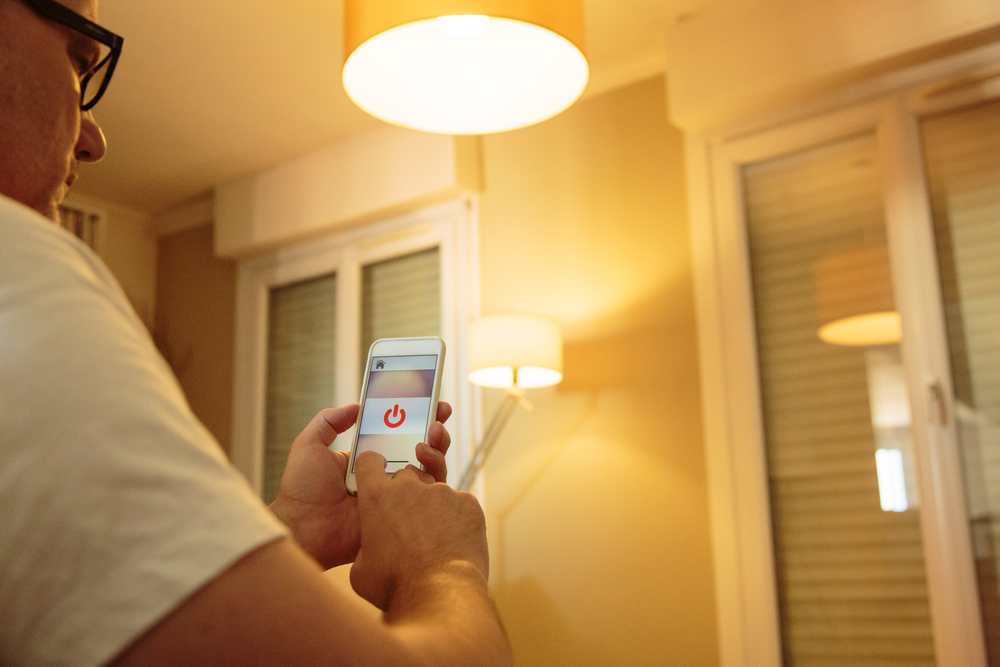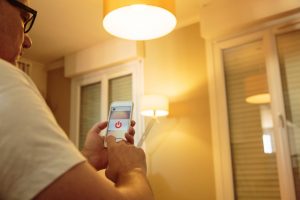
To make the buildings more user-friendly and improve ecological inter-dependence, one of the first things the designers do is to make use of building automation. This establishes a centralized command that helps coordinate the working and improve the functionality of the building. Automation in building control extends to all aspects including lighting, ventilation, structural modifications, and more. Optimum lighting control solutions form one of the major aspects of the building automation.
Input and output controls
The building automation experts install sensors at strategic points in the building. By reading the manual output of these instruments, they are able to establish the necessity for controls. All the building environmental and design factors are operated by another set of sensors.
A separate digital input indicates whether the device is working or has been put off. The various factors that would need control would include airflow switch, a current switch, relay contact, and the AC/DC signal. You could also use pulse type of digital inputs such as when you use one to count the number of pulses as in the case of a turbine flow meter.
Analog output controls find use in positioning a device or controlling its speed. An example is the variable frequency drive. Or, it could be a valve or damper actuator. You can see this in actual practice as the valve opening at 30ºC to release the steam and maintain the set point. One practical application of the variable frequency drive is the gradual ramping of the motor so that you avoid a hard start.
You can use digital outputs to open and close switches and relays so you can drive a load on command. You see this in the automatic ‘turn on’ of the park lights when the photo sensor indicates that it is dark. You could find the digital type of devices in use in various applications. One such is the energy meter that reads the power in the circuit.
Use of the controller
You can control devices commonly found in buildings with a controller. This is a centrally located unit inside the building with an input and an output capability. For instance, using this, you can read and record the humidity, temperature, pressure, airflow, and many more such things. According to the need, you can vary the nature of the input and output to be analog or digital.
Controllers used in building automation falls into three categories. One is the Programmable Logic Controllers (PLCs) terminal unit controllers, and system or network controllers. You might have a stand-alone third-party system, say an air conditioner, which is integrated into the system grid.
Occupancy is the operating mode of the building automation. This means that the automation devices operate in one of the modes – Unoccupied, Morning Warm-up, and Night Setback. The aim is to provide comfortable lighting, ventilation, and facilities whenever the occupants want it. Temperature sensors, light sensitive diodes, and other similar devices help monitor the situation all the time. Lighting can be turned on or off on demand.


